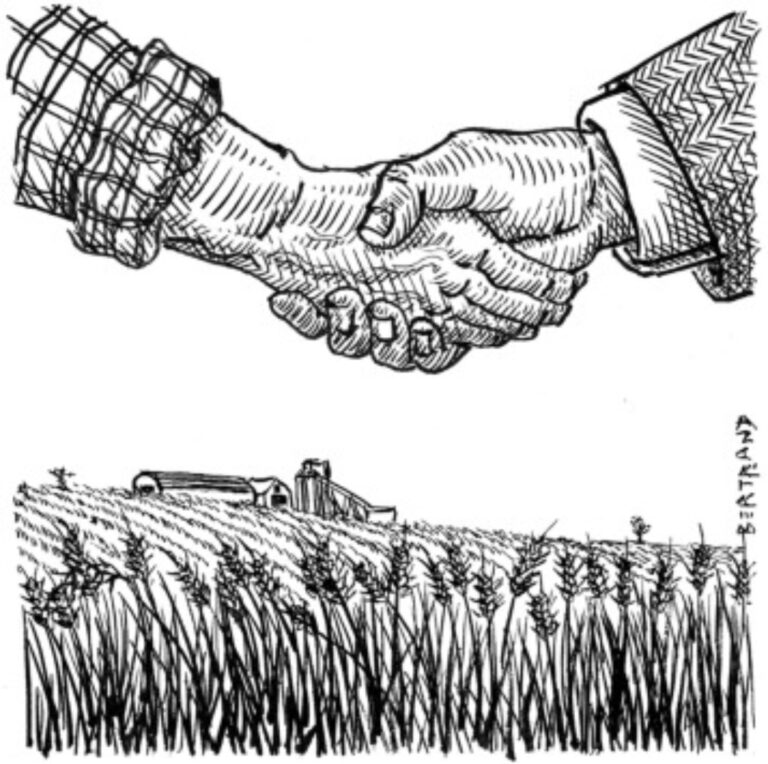what are the main factors affecting co-cultural communication? what are the different co-cultural communication strategies?

The strategies and approaches to communication between the different cultures within a society is known as co-cultural communication. How these interactions manifest is directly related to the formal and formal institutions of that society as they shape the abilities of the different groups to negotiate power and relevance. During the so-called negotiation processes, some groups gain more power and become the dominant groups in society, while other groups remain underrepresented (ORBE 1998).
Six main factors that affect this communication:
- Field of experience: the factor that shape and influence an individual’s or group’s life experience and realities, e.g. family, friends, social groups, etc.
- Abilities: the physical and psychological factors that influence a culture’s ability to communicate
- Situational context: the adaptive choices made in response to a specific occasion or set of circumstances;
- Perceived costs and rewards: the advantages and disadvantages related to specific actions.
- Preferred outcome: this is the desired outcome they desire. There are three main categories, i.e. assimilation, separation, or accommodation. Assimilation means fitting in and eliminating any cultural differences. Accommodation refers to attempts to encourage and develop collaborative strengths that maintain both the dominant and non-dominant culture. Separation refers to instances where efforts are made to avoid the development of any meaningful relationships with the dominant culture, and in many cases, other co-cultural groups.
- Communication approach: the manner by which an individual or group engages in discourse, i.e. aggressive, non-aggressive, and assertive.
The preferred outcomes (assimilation, separation, and accommodation) cross with the communication approaches (non-assertive, assertive, aggressive) to create a matrix of various co-cultural communication strategies.
Non-assertive assimilation refers to passive behavior that is aimed at allowing the non-dominant group to become integrated into the dominant culture. This may sometimes include ignoring personal or group rights. Strategies in this category include: emphasizing commonalities by ignoring co-cultural differences and focusing on similarities; developing positive face by engaging exclusively in communication behavior that is more pleasant, polite, and attentive to dominant group members; censoring self by remaining silent when activities from the dominant group are inappropriate, offensive, or insulting; and averting controversy by avoiding communication that could be considered controversial or problem-inducing.
Assertive assimilation describes determined action intended to enable non-dominant groups and group members to acclimatize with the dominant culture. Activities may involve engaging in extensive preparation, such as a great deal of groundwork before interacting with dominant group members; overcompensating by being a model or ideal non-dominant group member to avoid discrimination; manipulating stereotypes and conforming to a group stereotype to exploit the dominant culture for personal gain; or bargaining with the dominant culture to reach an agreement where both groups ignore any co-cultural differences.
Aggressive assimilation describes acceptance seeking behavior that involves hostility towards one’s self or other co-cultural group members. Conduct may consist of dissociating by opting to avoid any connection with behaviors typically associated with one’s co-cultural group; adopting dominant group codes to render the co-cultural identity less visible by mirroring; strategic distancing by avoiding other members of a co-cultural group; and ridiculing self when actively or passively invoking or participating in behavior that demeans co-cultural group members.
Non-assertive accommodation refers to aloof behavior towards the dominant group to neither necessitate active bonding nor impede interaction. Common methods are increasing visibility to encourage diversity in different settings; and dispelling stereotypes through increased communication between dominant and non-dominant cultural members.
Assertive accommodation employs efforts encouraging networking and relationship development between dominant and non-dominant groups, as well as among other co-cultural groups. Prevalent strategies are communicating self by approaching communication with the dominant group in an authentic, open, and genuine manner; intragroup networking to identify and subsequently work with other co-cultural groups that share similar values, objectives, and philosophies; utilizing liaisons by seeking out and developing relationships with members of the dominant group members who can be trusted; and educating others by using ‘teachable moments’ to provide information about a co-culture to members of the dominant culture.
Aggressive accommodation is often more combative and undertakes in actions that provoke and elicit a response from dominant group members. Confrontation using aggressive methods to assert one’s voice by ‘violating’ the rights of the dominant group and gaining an advantage by aggravating reactions from dominant group members by referencing co-cultural oppression are the two most prevalent aggressive accommodation behaviors.
Non-assertive separation involves efforts to circumvent any interaction with members of the dominant culture. Actions include avoiding in an effort to maintain distance from dominant group members to avoid any interaction; and maintaining personal barriers (temporal, physical, and non-verbal to minimize opportunities for contact.
Assertive separation involves efforts to promote and nurture communication with other non-dominant co-cultural groups to develop a network exclusive of existing dominant cultural paradigms. Positively embracing stereotypes to merge positive co-cultural self-concept with a negotiated reading of dominant group perceptions, i.e. taking marginalizing opinions of the group and turning them into something positive for the non-dominant group; intragroup networking that does not incorporate nodes related the dominant cultural group; exemplifying strengths by highlighting the achievements of co-cultural groups and individuals to empower and disassociate the non-dominant group with existing cultural norms; and communicating self by letting the successes and achievements of a co-cultural speak for themselves and avoiding attempting to validate success in accordance with dominant norms, are the four major approaches to assertive separation.
Aggressive separation involves antagonistic behavior that has the objective of hurting members of the dominant group. It is often the belief that this will help to even the playing field or to simply ‘get through’ to members of the dominant group. The two most common types of behavior include attacking by inflicting psychological pain via personal attacks on the self-concept of the dominant group; and sabotaging by undermining dominant group members when possible in an effort to usurp the privilege and power associated with existing dominant structures.
see also:
what is co-cultural communication? why is co-cultural communication important?
source:
Orbe, M. (1998). Constructing co-cultural theory : an explication of culture, power, and communication. Thousand Oaks: Sage Publications.
image credit:



One Comment
Comments are closed.